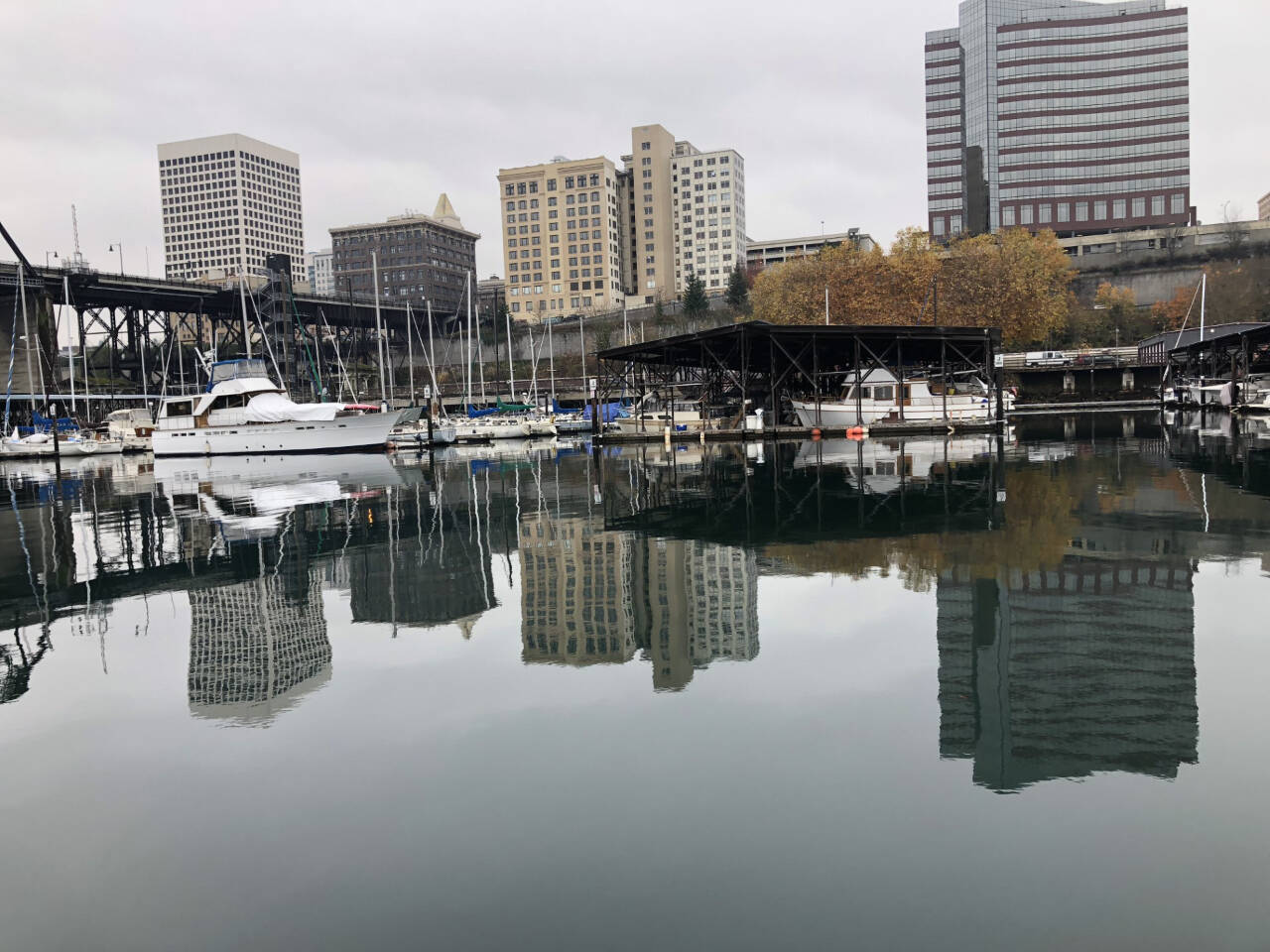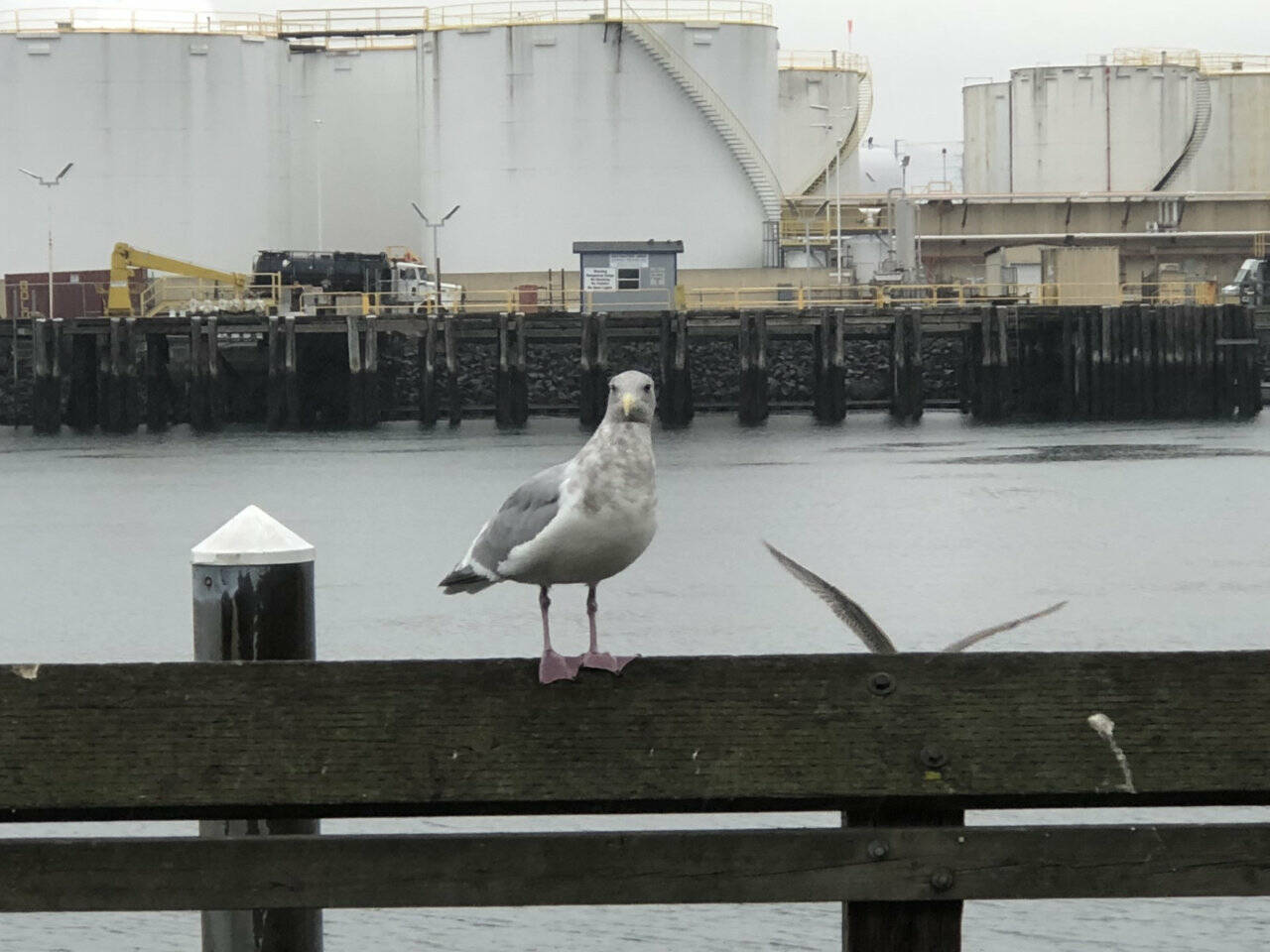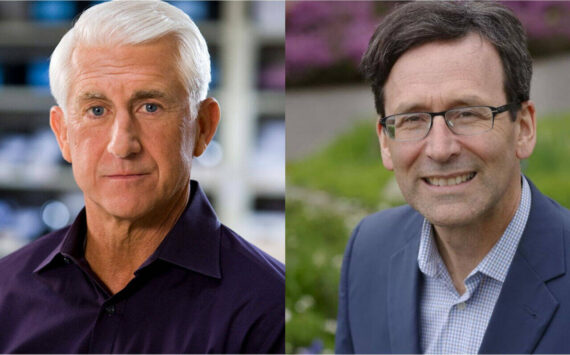By any definition, Tacoma and larger Pierce County sit in confluence of a multitude of forces, constituencies, geographic extremities and identities with a never-ending kaleidoscopic magnification of conflicting, contradictory needs, intents and priorities.
With a global seaport on one side, a mountain in the distance, industry and residential areas strike an uneasy balance between the past, the future and the always pressing needs of the present.
In the North End, for example, the lead and arsenic soaked landscape — and its clean up and redevelopment is a historic benchmark for what has been, should be and should not be done with resources (in the case of the smelter, from literally around the world) and the cost some of still pay for the industry and the jobs it provided — or at least promised.
South Tacoma is not much different. Acres of irreplaceable greenery and active water table sold, in a bargain more reminiscent of forced (and unenforced) treaties of a previous century, bracketed with promises of prosperity and semi-eternal employment.
You’d think we’d learn that our land, our resources, our children, our reputation and of course our future, would be worth more than one season’s worth of industrial production.
Tacoma and its nationally (if not internationally) known “aroma” has, even after decades, still been a reference point few, if any of us will ever shake.
Editor’s note: The term “aroma” has, for all of its linguistic history, always referred to a pleasing scent — the aroma of fresh bread for example. It took exploitative industries combined with astounding levels of disregard for the environment and all living things, several decades to degrade the environment to such a degree that even our language had to be distorted to capture the essence of the transformation.
You’d think that we who live in the wake of corrosive destruction of habitat, salmon runs and, of course reputation (and real estate) declines would be more diligent, but the lure of unlimited, untrammeled prosperity continues to dazzle us.
Our literal presence, in this unique landscape framed by water and mountains, urban areas and wilderness is, especially in terms of potential natural disasters, from volcanoes to earthquakes, is, to a large degree, precarious, and to a degree not common around the world, an eye, and attitude toward the larger world and, for many, what is humanly (or technologically) possible.
Are these multi-conflicting priorities a feature or a bug?
Or are these values, priorities, needs, aspirations and fears not only our biggest strength but also our biggest opportunity?
If you look at a map — especially a topographic map — you can’t help but notice that Tacoma, if not the entire Puget Sound region, is, in every sense, on the edge.
From tectonic plates to weather fronts to economic and cultural trends, we in the Pacific Northwest (also known as the upper left corner) are in the forefront of what, literally, the rest of the country, if not the entire continent will be facing in the near future.
As we face the immediate demands of the present, in light of the legacy of our past, from geological to tribal and with an eye on the legacy we will leave future generations, every decision, from trade to transportation to work and education and much more, has a moral/ethical dimension previous generations could not begin to imagine.
In many ways, from politics to energy use and development, our choices, both individual and national (if not beyond) are more crucial, and have (and will have) enduring consequences.
From dependence on fossil fuels to trade relations or work and higher education, many of us are re-thinking our priorities and preferences and, in particular, how we make individual or national investments in everything from highways to defense and higher education. Like individuals, we as communities invest in what we care about.
Changes in priorities are reflected by changes in budgets
In Tacoma, for example, the Port of Tacoma has been a driver, and defining feature, of both our economy and our identity.
What global trade, and even what the Port should look like, has changed in the past several years. If not its entire history.
From pandemics to transport electrification to demographic changes (which directly impact labor) and shifts in customer preferences, market forces (and occupational options) look very different from what they once were.
In short, we as a region, as an economy, and as participants, from workers, to residents and voters, have new choices and demands upon us. In many ways, we have been “coasting” on the values and priorities of the accumulation of previous generations.
And in just as many ways, industries, schools and governments are re-framing and recalibrating who we are and what matters to us.
If you visit any of the older cities of either Europe, Asia or Africa and take a close look at the architecture and urban design, besides being struck by the intricate and elaborate (and enduring) design of everything from cathedrals, temples and Roman roads and aqueducts, not only the design and construction techniques are remarkable, but what strikes me is the underlying assumption that those builders were constructing a monument (sometimes a working monument) for generations many centuries in the future.
Policies and values reflect what we care about. Many issues, once barely noticeable have become blatant and unavoidable. From homelessness to the prevalence of electric vehicles, the landscape looks nothing like the world many of us knew — and, when it comes to homelessness and crime (especially cybercrime), for example — a world few of us want to live in — or take responsibility for.
Our decisions are not only ours — our decisions and budget priorities are setting the stage for the world future generations will live in and work with.
Lie previous generations, our choices will either lead future generations to thank us or curse us — or wonder what we were thinking.
As much as we might not choose to believe it, no generation has the earth and its resources all to itself.
Our connections and links to past and future generations define, inform and maybe even inspire us.
Elements that once tied communities together, from newspapers to neighborhood groups to local churches are in decline — but we are in trouble if we allow those connecting strands to falter any more.
We are at a crucial point in our identity and history, and some of us are poised to make the best and fullest use of these truly unprecedented times.
There is no going back, and the way forward is uncertain at best, but we have faced more difficult times and just maybe, learned a few life lessons along the way.







